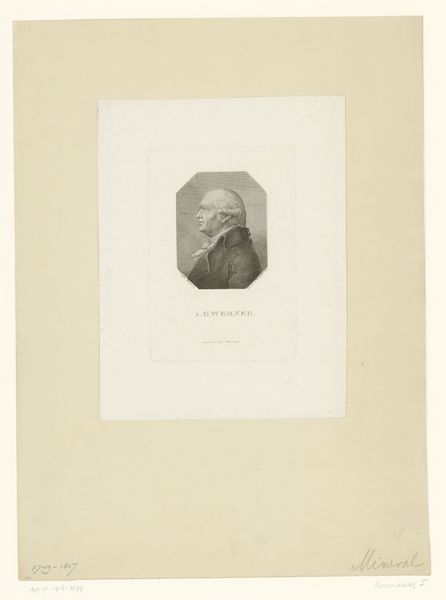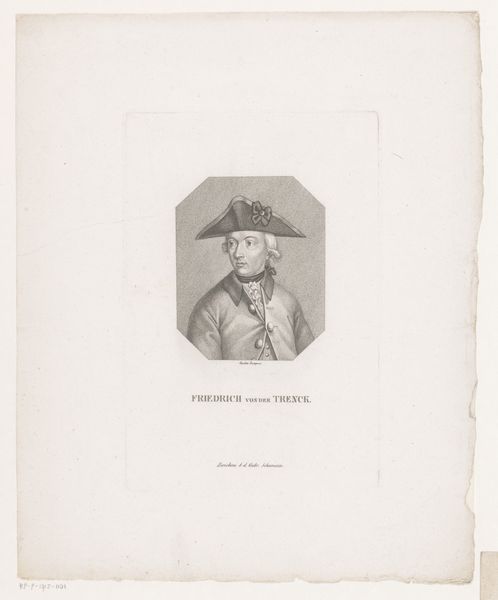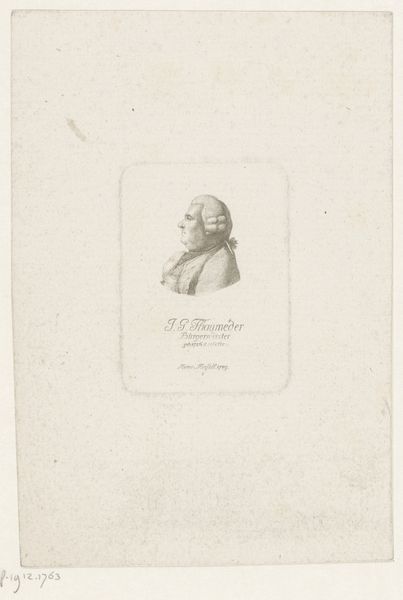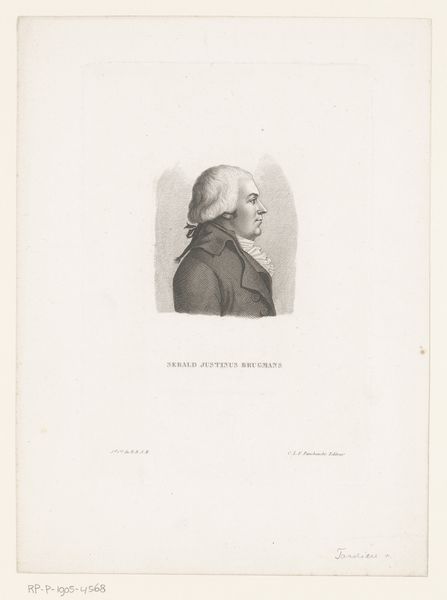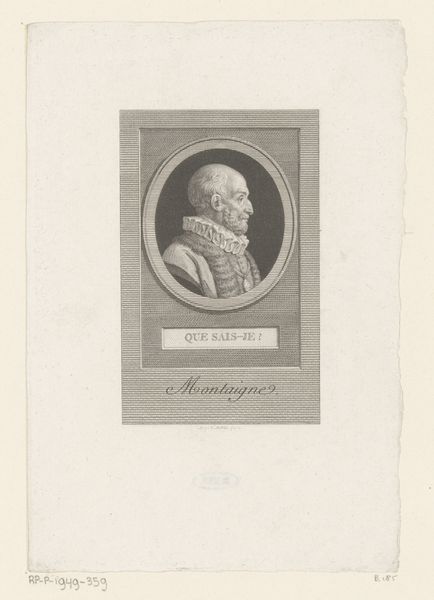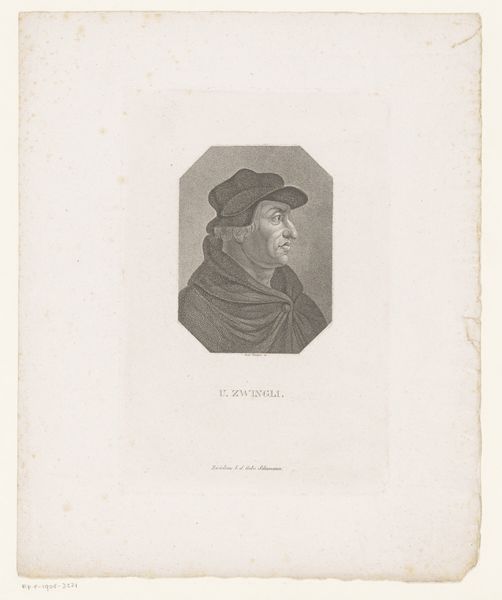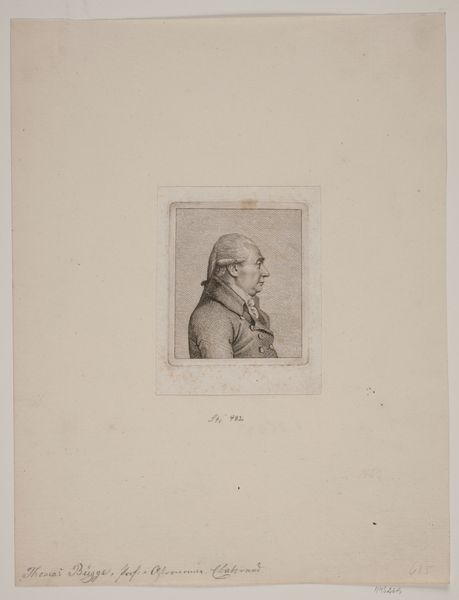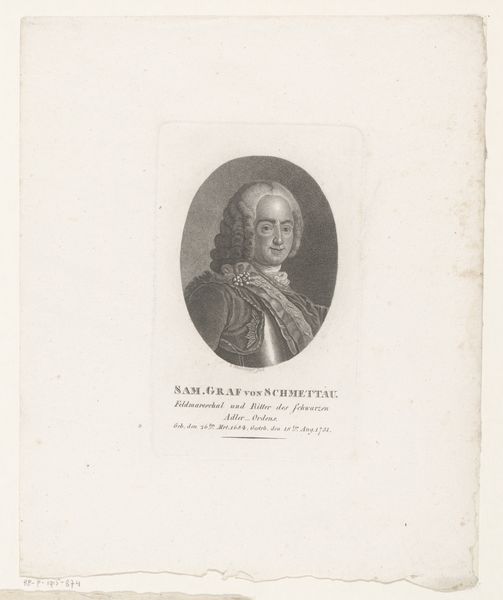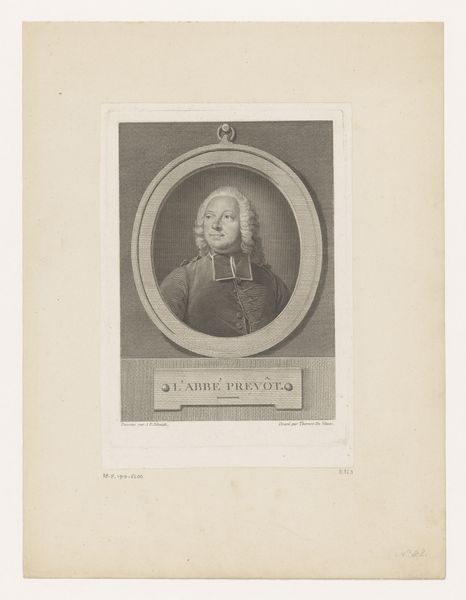
engraving
#
portrait
#
neoclacissism
#
old engraving style
#
history-painting
#
academic-art
#
engraving
Dimensions: height 182 mm, width 123 mm
Copyright: Rijks Museum: Open Domain
This print of Ewald Friedrich von Hertzberg was created by Karl Traugott Riedel, and it shows us not just a person but a process. Riedel used a technique called etching. He would have coated a metal plate with wax, drawn an image into the wax with a needle, and then bathed the plate in acid. This would bite into the exposed metal, creating the lines that would hold ink. The plate would then be inked, wiped, and pressed onto paper. The image’s success depends on the engraver’s skill, and the way they could control the depth and fineness of the lines. Prints like this were a vital form of mass communication and image distribution. Etching allowed for a relatively quick and efficient way to reproduce images, making them accessible to a wider audience. This was crucial for disseminating information, promoting political agendas, and circulating cultural trends during the period. Considering the materials and the labor involved, we can understand this print not just as a portrait, but as a product of its time, deeply embedded in the social and economic fabric of the late 18th and early 19th centuries.
Comments
No comments
Be the first to comment and join the conversation on the ultimate creative platform.
